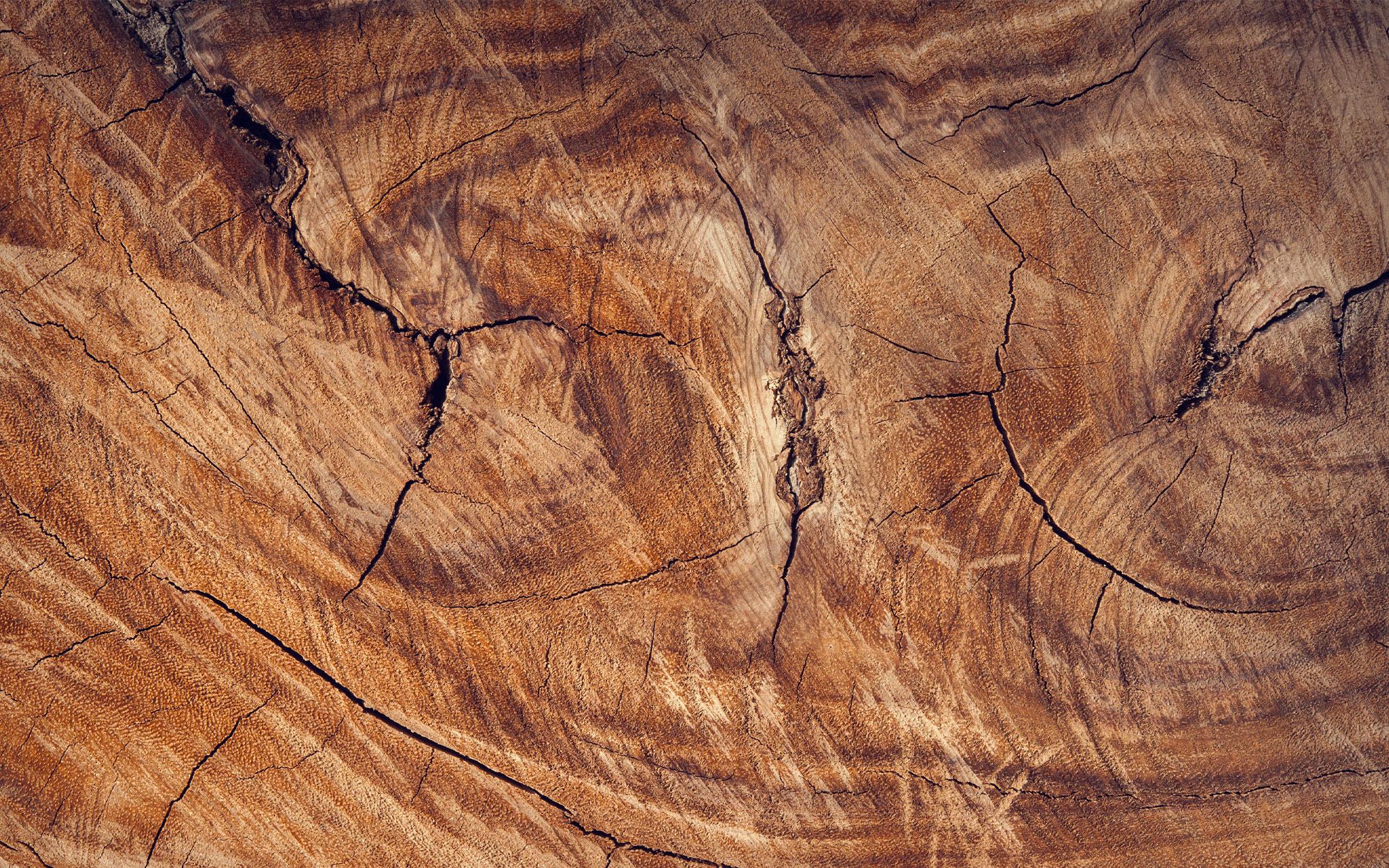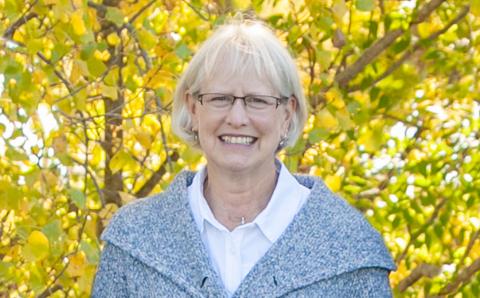I’ve been thinking about holes, knots, and imperfections in wood quite a bit lately. To be honest, I’ve been obsessed. And what I’ve come to realize is that while my obsession started because of my frustration with worms and diseases and wood growth, it has blossomed into joy.
I’m a pastor by calling, but I fell into woodworking because of a broken appliance. I was curing bacon, my fridge failed, and the curing bacon spoiled. After looking up ways to upcycle a refrigerator, I turned ours into a beautiful and functional outdoor cooler, complete with wood paneling, a spigot, and side shelves. I didn’t want to pay to haul the fridge away, so BAM! I’m a woodworker too.
One of the joys I’ve found in woodworking is that as you study the wood, as you slowly sand along the grain, the wood begins to reveal its beautiful characteristics. Patterns emerge, colors pop, and movement in the growth markers mesmerize. But sometimes, after you plan your project, do your glue-ups, and run the wood through a planer to smooth and shape it, you suddenly see it: a wormhole, or perhaps a once-beautiful knot that falls out, leaving you with a giant hole. Even worse, sometimes there’s a long, dark scar from a disease or insects, and you’re left having to scrape away debris to get to the bottom of the scar. The imperfections of the wood have revealed themselves, and you’re left staring at a lesser version of what could have been a perfect, beautiful piece of wood.
Oh, what could have been! Those lousy imperfections in the wood, those stupid diseases and bugs that harmed this beautiful creation, the weather damage that shaped the wood intosomething different from what it was supposed to be—I should just toss out the wood and start over, right?
Wait—are we still talking about wood, or are we talking about humans now?
Brokenness, sin, destruction, scars, holes, disease, imperfections—you name it, we have it. We’re sinful. And in our brokenness, we do stupid things, say harmful words, speak lies, and allow that which is outside of us to invade us through the cracks we have. The lives we live simply scar us, on the inside and the outside. Disease leaves its mark internally, or something happens to us (whether we do it to ourselves or someone else does) that fundamentally changes who we are. I still hold onto some wounding words from the past that still give me pause. I have a scar running from my sternum to past my navel that reminds me of emergency surgery I had in 2020, plus other scars from stupid things I’ve done over the years (like being careless with a belt sander). When we strip away our clothes or our egos, it’s like sanding away that top grain of wood: we see things we probably don’t want revealed. One might even see oneself in the mirror and ask, “What am I supposed to do with this?!” But take a closer look; find the beauty of what was and what is still being done.
What I’ve learned during my time as a sawdust maker (I like to call it “beard glitter”) is that those imperfections are some of the most beautiful marks of opportunity. I’ve found over the years that, when filled with clear epoxy, pieces with visible knots and holes are the very pieces people want to buy. Why? Because they’re interesting, they’re beautiful, and they’re part of the story of the wood. The stress the tree was under, the infestations, and the diseases once brought harm but have so much potential today. Wait—are we still talking about wood, or are we talking about ourselves?
Yes … and yes.
My scars tell a story. The words said to me out of harm and malice have helped shape me into the man I am today. Even the regrets I have for the things I’ve said and done mean something today: I’ve learned valuable lessons. What was once harmful have become reminders for me to reflect before speaking, to choose my words with love and grace, to be quick to apologize and to seek someone’s forgiveness when I fear my words have harmed. My health issues have given me an opportunity to understand other people’s illnesses and given me space and permission to enter into their suffering—not in a “misery loves company” way, but in the comforting way that Paul speaks of in 2 Corinthians 1:3-4. But even more than this, as a woodworker, I wonder about what God sees in me as I’m stripped down and my exterior is pulled back. Does God see the facade I’ve put up, or does he see me for who I am—holes, scars, burns, disease, infestations, and all?
He sees it all. And to him it’s probably sad. Yet it doesn’t stop him from using me in ways that become beautiful and a joy to others. In my brokenness and sin, God doesn’t toss me away and declare me unusable, too broken, or a waste of a person. In our brokenness, we are not who God originally intended us to be, yet when Christ enters our lives we (eventually and hopefully) find purpose in our meanings, hope in our brokenness, joy in the scars of our suffering, and beauty in the holes. When Christ enters our lives, our scars remain; we cannot ignore the brokenness of our past. Yet in a beautiful way Christ, by his sacrifice for us sinners, fills in those spaces that have left their mark. Just as a woodworker can use epoxy to fill in blemishes and “secure” them to use in a project, so too we are filled by Christ’s love and the Holy Spirit’s work.
About the Author
Kelly Vander Woude is the pastor of Immanuel Christian Reformed Church in Fort Collins, Colo. He loves to smoke all kinds of food, hang out with his wife and kids, and he enjoys trying to build things on the side, which usually just means he has sore hands, lots of mistakes, and tons of sawdust.








